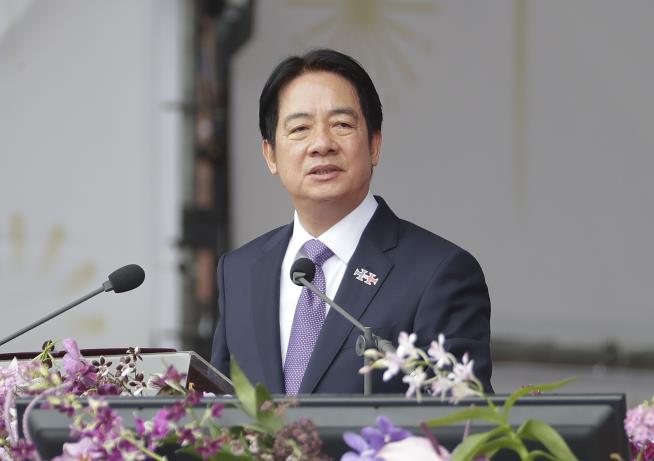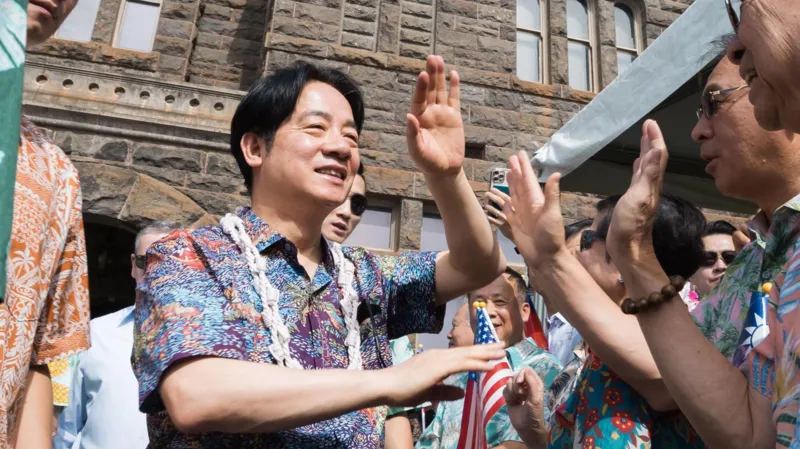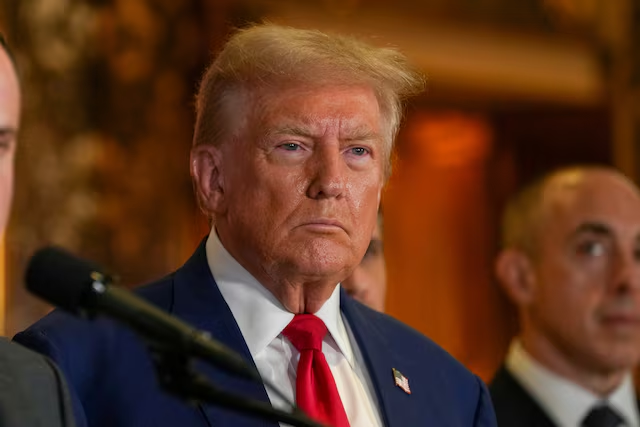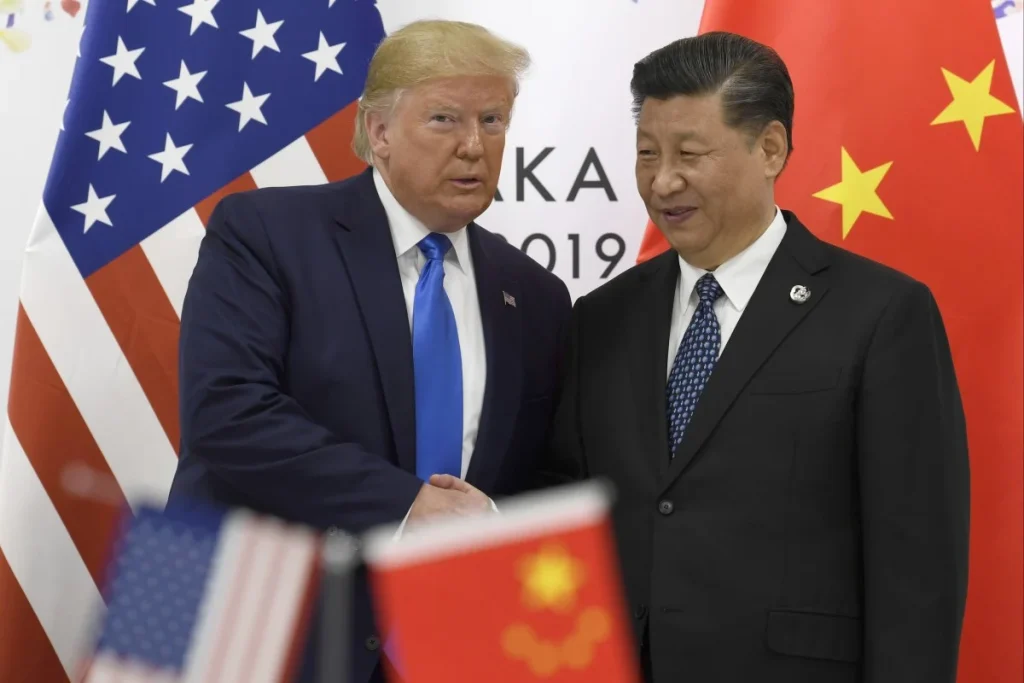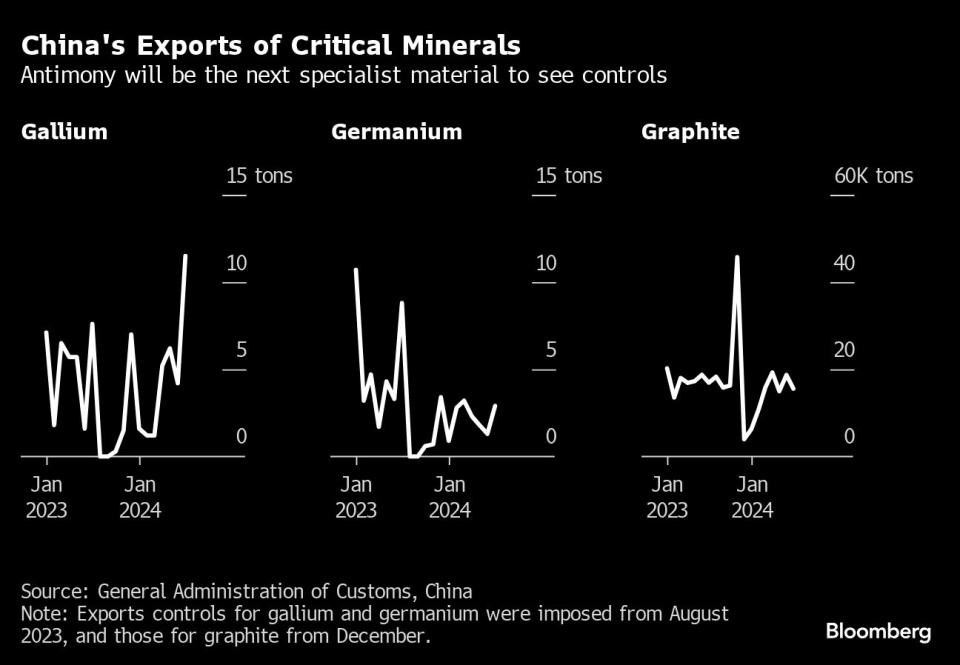Biden and Xi Set for Tense Final Meeting in Peru as Trump Era Looms
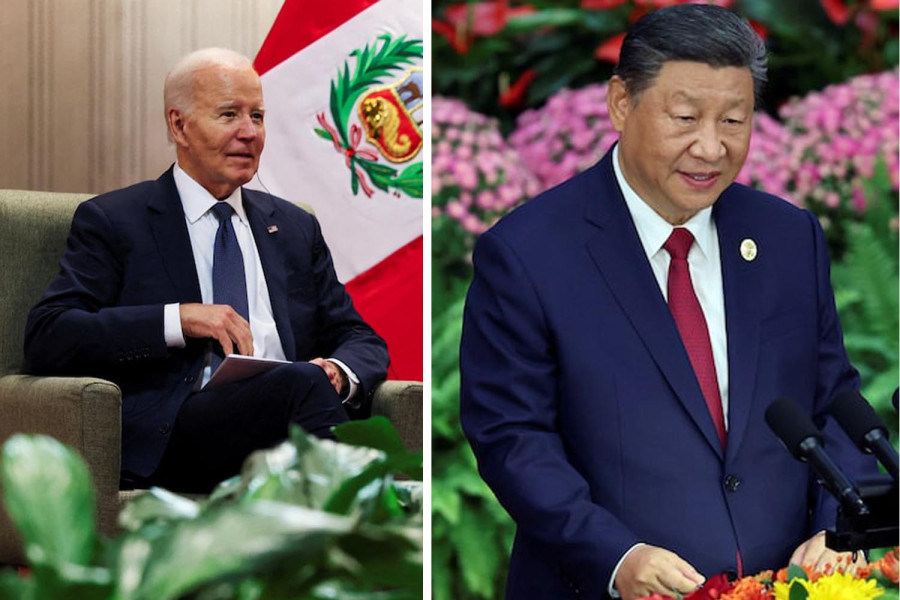
The final meeting between U.S. President Joe Biden and Chinese President Xi Jinping is scheduled to take place in Lima, Peru, marking the last significant diplomatic engagement before the 2024 U.S. presidential election.
The meeting comes at a critical juncture, as tensions between the two world powers remain high, shaped by economic rivalries, security concerns, and the looming specter of former President Donald Trump’s potential return to office.
Biden and Xi have faced an array of challenges in their bilateral relationship. Over the past few years, issues such as trade imbalances, human rights, Taiwan, and cybersecurity have strained their interactions. These matters, coupled with the global competition for influence, have made U.S.-China relations one of the most pressing international issues.
As the two leaders prepare for this important encounter, the backdrop is one of growing uncertainty. While President Biden has largely managed to maintain a diplomatic course, balancing confrontation with cooperation, the political future of the U.S. remains in flux.
With the 2024 election drawing near, the possibility of Trump’s return to power has raised new questions about the future of U.S.-China relations. During his previous term, Trump’s “America First” policy led to a trade war with China, imposing tariffs and sanctions, and casting a long shadow over diplomatic efforts.
President Biden, who is seeking re-election, will likely want to reinforce his administration’s approach to China, which has been characterized by efforts to manage competition without falling into outright confrontation. At the same time, Xi is also facing domestic pressures.
As China navigates its economic slowdown and the fallout from its strict zero-COVID policies, Xi’s domestic legitimacy may depend on projecting strength on the global stage. He will likely approach the meeting with Biden to assert China’s interests, particularly in areas like Taiwan and regional security.
The stakes are high for both leaders. Biden’s team has worked to counter China’s growing influence in international institutions and maintain a strong presence in the Indo-Pacific. However, with Trump’s potential return to office, the dynamic could shift dramatically.
Trump’s foreign policy agenda is widely expected to focus on a tougher stance toward China, which could include restarting trade conflicts and taking a more aggressive approach on issues like Taiwan and the South China Sea.
Despite the tension, there are areas where the two nations have attempted to engage constructively. Climate change, global health, and nuclear proliferation are all topics where the U.S. and China have expressed mutual interest in cooperation.
However, these discussions often become overshadowed by more contentious issues. The upcoming Biden-Xi meeting in Lima may focus on reaffirming commitments in areas where there is common ground while attempting to stabilize the relationship amidst growing geopolitical competition.
The meeting will also be a symbolic one. The setting in Peru underscores the growing importance of Latin America in U.S.-China relations. Both nations have made inroads into the region, seeking to increase their economic and diplomatic influence.
For the U.S., Latin America is a critical strategic partner, particularly in the wake of China’s expanding Belt and Road Initiative. As such, both leaders may seek to send a message to Latin American leaders about their respective commitments to the region’s future.
In the weeks leading up to the meeting, there has been a palpable sense of unease within the U.S. and Chinese governments. On the American side, Biden faces pressure to maintain a tough stance against China while preventing further escalation.
On the Chinese side, Xi’s government will want to protect its strategic interests without yielding to U.S. demands that it perceives as infringing on China’s sovereignty.
In addition to the bilateral issues, the meeting will take place in the context of broader global concerns. The conflict in Ukraine, tensions in the Middle East, and the growing role of technology in global governance all weigh heavily on the international agenda. Biden and Xi are expected to discuss these topics but with no clear indication of a breakthrough on the horizon.
The Lima meeting, while unlikely to produce any breakthroughs, will serve as a significant moment in shaping the future trajectory of U.S.-China relations.
With the Trump era looming large over the election, the Biden-Xi meeting could offer a glimpse into how the current administration plans to navigate its relationship with China, and how that relationship may evolve in the face of changing political dynamics in the U.S.
As the two leaders prepare for their final face-to-face meeting of the year, it remains to be seen whether they will find common ground or deepen the divides that have come to define their contentious relationship.
The outcome of their discussions may have far-reaching consequences for global politics in the years to come, especially as the world watches the 2024 U.S. election and its potential impact on international diplomacy.


